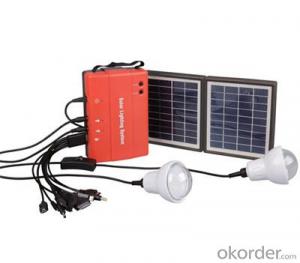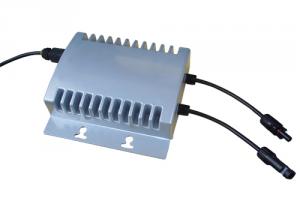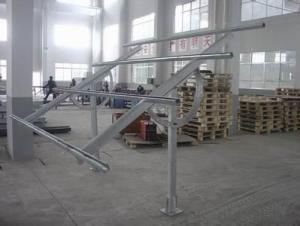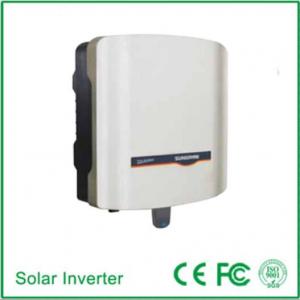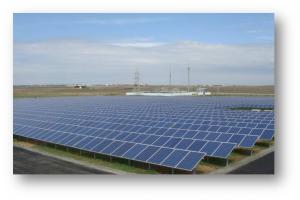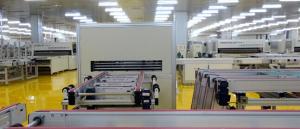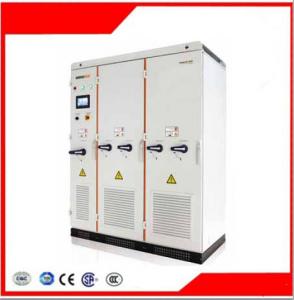Solar Micro Inverter Schematic
Solar Micro Inverter Schematic Related Searches
Solar Panel Inverter Schematic Solar Micro Inverter System Solar Micro Inverter Solar Smart Micro Inverter Solar Micro Inverter Circuit Micro Solar Inverter Micro Inverter Solar Micro Inverter Solar System Grid Tie Inverter Schematic Solar Cell Micro Inverter Sma Solar Micro Inverter Solar Panel Micro Inverter Solar Small Inverter Solar Electric Inverter System Small Solar Inverter Solar Smart Inverter Micro Inverter Solar Kit Solar Inverter System Solar Sma Inverter Solar Power Inverter System Cheap Solar Micro Inverter Solar Solar Inverter Solar Inverter Sma Solar Power Inverter Diagram Solar Inverter Makro Micro Inverter Solar Panel Smart Inverter Solar Solar Enphase Micro Inverter Solar Mini Inverter Solar Micro Inverter EnphaseSolar Micro Inverter Schematic Supplier & Manufacturer from China
Solar Micro Inverter Schematic refers to the detailed design and layout of a solar microinverter system, which is an essential component in the field of solar energy conversion. These schematics provide a comprehensive understanding of how the microinverters function within a solar panel setup, ensuring optimal performance and efficiency. The microinverters are responsible for converting the direct current (DC) generated by solar panels into alternating current (AC) that can be used by the electrical grid or directly by household appliances.The Solar Micro Inverter Schematic is widely used in residential and commercial solar power systems, where individual solar panels are equipped with their own microinverters. This setup allows for greater flexibility in system design, as well as improved energy yield and reduced shading losses. The usage scenarios for these microinverters include rooftop installations, ground-mounted solar farms, and even portable solar setups for off-grid applications.
Okorder.com is a leading wholesale supplier of Solar Micro Inverter Schematic products, offering a vast inventory of high-quality microinverters and related components. With their extensive range of products, they cater to the needs of various solar power system designers and installers, providing them with reliable and efficient solutions for their projects.
Hot Products


